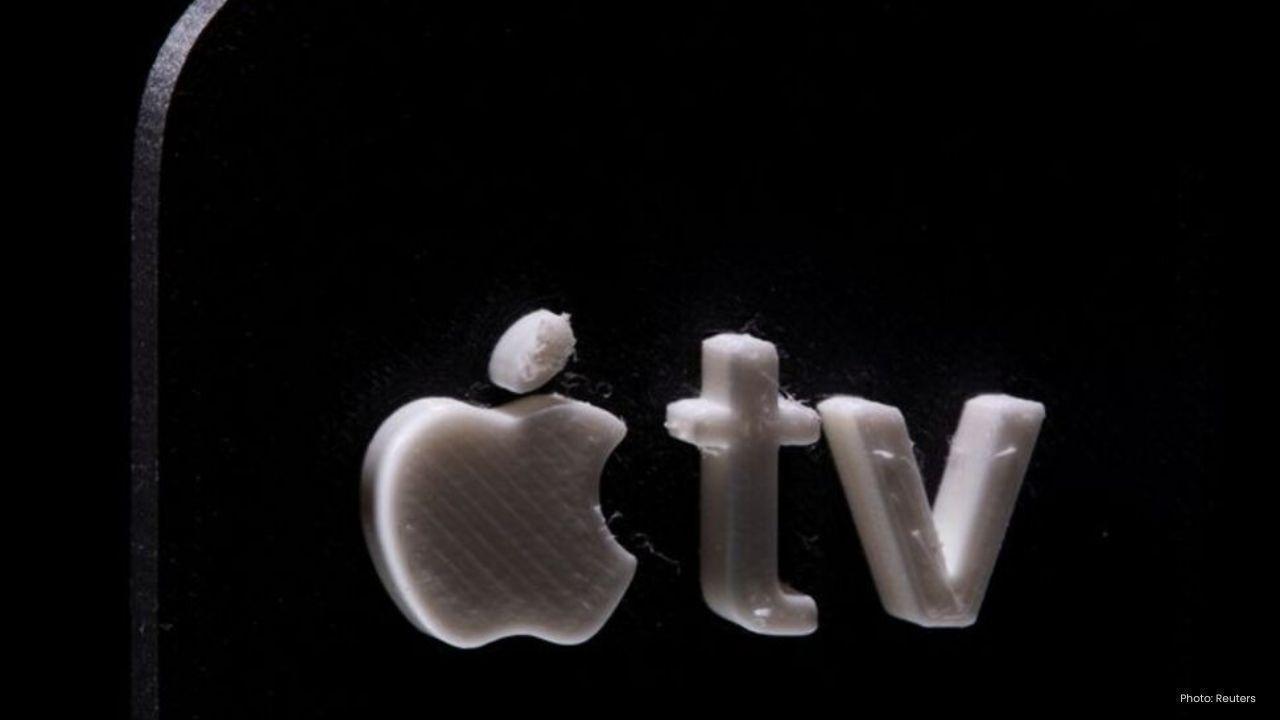
Join 10k+ people to get notified about new posts, news and tips.
Do not worry we don't spam!

Post by : Anis Farhan
The cosmos is full of mysteries, but every so often, an astronomical event shakes the very foundations of how we understand space. Recently, scientists announced the detection of the most massive black hole merger ever observed, a discovery that sent ripples—literally and figuratively—across the scientific community. These waves, known as gravitational waves, were picked up by advanced observatories on Earth and revealed the violent collision of two black holes that created a behemoth unlike anything ever recorded before.
The sheer scale of this event makes it more than just a scientific footnote. It is a revelation that forces physicists, astronomers, and cosmologists to reexamine what they know about black holes, cosmic evolution, and the very nature of the universe itself.
The gravitational waves that revealed this colossal event were detected using the Laser Interferometer Gravitational-Wave Observatory (LIGO) and Virgo observatories. These facilities, sensitive to the tiniest ripples in space-time, confirmed that what they recorded was no ordinary event. Instead, it was the merging of two massive black holes, each far larger than typical stellar remnants.
When these two giants spiraled inward and collided, they released an unimaginable amount of energy, briefly outshining the light of all the stars in the universe combined—but in gravitational waves, not in visible light. This ripple in the fabric of space-time traveled across billions of light-years to reach Earth, where scientists were able to interpret its cosmic message.
Black hole mergers are not new to science. Since 2015, multiple such detections have been made. But what makes this case exceptional is its sheer size. The resulting black hole is estimated to be more than 100 times the mass of our Sun, placing it in a category that bridges the gap between stellar black holes and the elusive intermediate-mass black holes.
This discovery is groundbreaking because it suggests that such massive black holes may be more common than previously believed. Until now, scientists debated whether black holes of this scale could form through collisions or if they required other, more exotic processes. This merger proves that cosmic heavyweight black holes can indeed form through mergers.
To truly appreciate this discovery, one must understand gravitational waves. First predicted by Albert Einstein over a century ago in his general theory of relativity, these waves are disturbances in the fabric of space-time itself. They spread outward from catastrophic cosmic events like black hole mergers or neutron star collisions, carrying information about the event that produced them.
Unlike light, which can be obscured by cosmic dust or absorbed by matter, gravitational waves travel almost undisturbed across the universe. They offer a direct way to “listen” to cosmic events that were once invisible. The detection of these waves has opened a whole new window into astronomy—sometimes referred to as gravitational-wave astronomy.
Imagine two black holes orbiting one another in a cosmic dance. As they circle closer, they lose energy by radiating gravitational waves. Their orbit shrinks, their speed increases, and eventually, they collide in a cataclysmic event that shakes the very structure of the universe.
In this recent case, the merger was so powerful that the gravitational waves it emitted stretched and squeezed space-time itself. Though the distortions on Earth were minuscule—less than a fraction of a proton’s width—sensitive detectors could still record them. That’s the beauty of gravitational wave science: detecting the smallest cosmic ripples to reveal the grandest cosmic events.
This discovery raises a number of profound questions. How did two such massive black holes end up in close proximity to merge? Were they formed from the collapse of unusually giant stars, or did they themselves result from earlier black hole mergers?
Astrophysicists are now exploring whether these massive black hole mergers could explain the origins of even larger black holes, such as the supermassive giants found at the centers of galaxies. Could these cosmic titans have grown from successive mergers of smaller black holes over billions of years?
The answers to these questions may reshape our understanding of galactic evolution.
The implications of this detection go far beyond one event. It suggests that the universe may be teeming with massive black hole mergers that we have yet to detect. As technology improves and observatories become more sensitive, scientists expect to uncover many more such events, building a richer picture of the universe’s violent and dynamic history.
This also highlights the role of gravitational waves in expanding our knowledge. They are not just confirmations of Einstein’s theories but tools to probe the unseen universe. From understanding dark matter and dark energy to exploring the earliest moments of the cosmos, gravitational waves may hold the key to many of the mysteries that continue to baffle scientists.
For the average person, black holes might feel distant and abstract. Yet, events like this have a profound cultural and philosophical significance. They remind us of our small place in a vast, mysterious cosmos. They show humanity’s capacity to develop technology sensitive enough to detect ripples in space-time from billions of light-years away—a feat that borders on the miraculous.
The awe inspired by such discoveries drives not only scientific curiosity but also art, imagination, and our broader cultural fascination with the universe. The idea that we can “hear” the universe through gravitational waves is poetic as much as it is scientific.
The detection of this massive merger is not the end—it’s the beginning of a new era. LIGO, Virgo, and the upcoming KAGRA observatory in Japan are continuing to upgrade their sensitivity. In the future, the planned space-based detector LISA (Laser Interferometer Space Antenna) will take gravitational wave astronomy to the next level, allowing scientists to detect even fainter signals from across the cosmos.
With each new detection, scientists will refine their models of the universe. The hope is that these observations may eventually shed light on some of the greatest cosmic mysteries, including the nature of gravity itself, the formation of galaxies, and perhaps even clues about what happened in the first seconds after the Big Bang.
Every time we think we have the universe figured out, it delivers another surprise. The detection of the most massive black hole merger ever is more than a scientific milestone; it is a reminder that the cosmos still holds secrets beyond imagination.
Black holes, once thought of as mysterious voids, are now becoming vital tools in understanding the universe’s story. Their collisions, though violent and destructive, illuminate the pathways of creation and cosmic growth. In their darkness, we find light—the light of knowledge, discovery, and wonder.
This article is intended for informational and educational purposes only. While the details are based on scientific findings and expert analysis, interpretations are simplified for general readership and should not be taken as exhaustive scientific research.










Paramount+ to Stream PBR’s 'Unleash the Beast' in New Five-Year Deal
Paramount+ will stream PBR’s 'Unleash the Beast' across the U.S. starting this December under a five

Zohran Mamdani Clinches NYC Mayoral Seat as Victory Speech Blends Politics and Bollywood
Zohran Mamdani won New York City's mayoral race, becoming the city's first Muslim and South Asian ma

India Wins First Women’s World Cup 2025 Title
India lifts its maiden Women’s World Cup 2025 title! Harmanpreet Kaur’s team stuns South Africa in a

Manuel Frederick, 1972 Olympic Bronze Goalkeeper, Dies at 78
Manuel Frederick, a member of India’s 1972 Olympic bronze hockey team, has died in Bengaluru at 78 a

Muhammad Hamza Raja Wins IFBB Pro Card Puts Pakistan & UAE on Global Stage
Pakistani bodybuilder Muhammad Hamza Raja earns IFBB Pro Card in Czech Republic, showcasing Dubai’s

Shreyas Iyer’s Recovery Underway After Spleen Laceration in Sydney ODI
Shreyas Iyer is recovering after a spleen laceration sustained while taking a catch in the Sydney OD